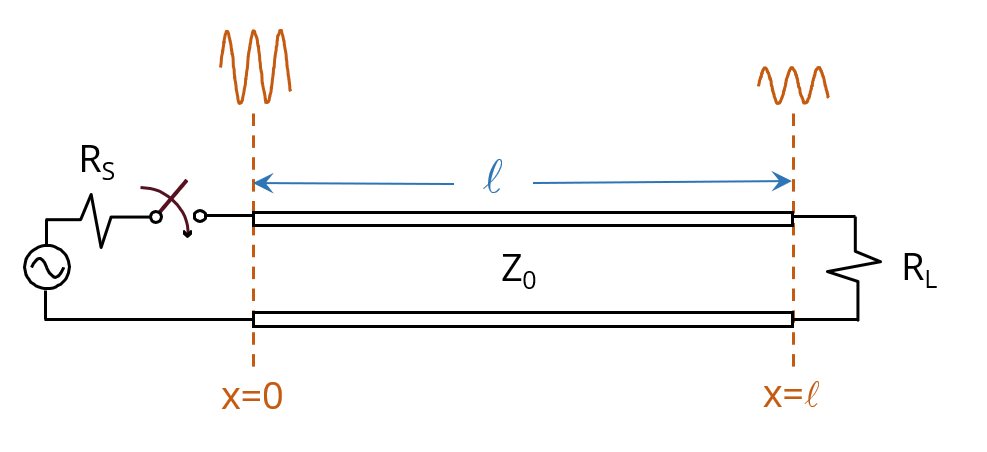EMC Question of the Week: November 4, 2024

At data rates from 1 Mbps to 100 Mbps most of the signal attenuation/dispersion in long microstrip traces and long unshielded twisted wire pairs (e.g., CAT5e) is typically due to
- conductor loss
- dielectric loss
- radiation loss
- both (a) and (b) equally
Answer
The best answer is “a.” The loss due to the resistance of the conductors is typically much higher than the loss in the dielectric at frequencies below 1 GHz for commonly used circuit board and cable materials/geometries. That is true for virtually all two-conductor transmission lines including microstrip traces, striplines, twisted wire pairs and coaxial cables.
Above 1 GHz, the dielectric losses become more significant. At data rates higher than a few hundred Mbps, the choice of dielectric can be as important as the size and shape of the conductors.
For any reasonable microstrip or twisted-wire-pair geometry, the radiation losses do not contribute measurably to the signal attenuation/dispersion at any frequency or data rate.
Have a comment or question regarding this solution? We'd like to hear from you. Email us at
